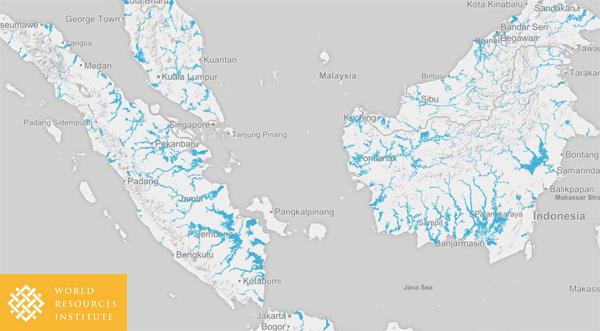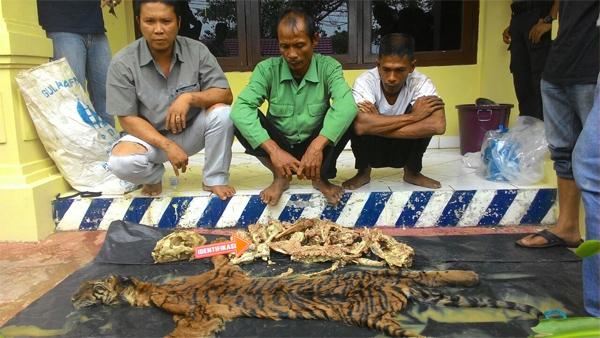“If we don’t have forests, community grounds, burial place, and rice fields... then what will be the fate of our families?” asks Layuk Sarungallo, a traditional leader of the Ke’te Kessu area of the Bonoran Village in North Toraja Regency of Sulawesi.
He sits in front of a large Tongkonan, the traditional house of the Toraja people characterized by sweeping roofs that resemble a boat or a buffalo horn arching toward the sky. There are six family Tongkonan in this area, each paired with a similarly shaped barn to store grass, grain, and other crops. The locals still use traditional construction methods, maintaining their houses with wood, bamboo and reeds.
The Tongkonan, and their construction, are a large part of the region’s cultural identity. The buildings serve as meeting places and spiritual centers as well as shelter. The sweeping rooflines aid in air circulation, keeping the interior cool even during the hottest part of the day.
“This family group still uses bamboo,” Layuk explains, “because the old wisdom is well-protected here.” He says other groups have begun to build houses with tin roofs, which requires capital and cash. “But, if I maintain the bamboo supply then the next generation does not need to buy materials.”
The roof of a 4x10-meter Tongkonan is made from over 1,000 bamboo stems cut into 6,000 pieces. In order to perform a traditional burial ceremony, over 8,000 bamboo stems are needed.
The materials are harvested from the 50 hectares of towering limestone hills surrounding the small community. The village has been selectively logging the area for personal use long before sustainable forestry became a buzzword. The bamboo and wood used for construction is carefully chosen by the community, and permission to cut is granted by the traditional leaders.
“Cutting down a tree without permission is considered theft, even if you are family...” explains Tato Dena, a ritual leader in the community.
According to Tato, the indigenous forests that support the Tongkonan communities contain the very essence of life. “If there is no forest, the Tongkonan will disappear... Then there is no place for family to meet, and the Toraja will be absorbed by big cities, and everyone will become selfish.”
Already there are pressures on the forest. As population increases, demand for resources follows. Recognizing the threat, the locals have implemented practices they hope will keep the Tongkonan alive. Layuk explains that if land is cleared to build a new house, the owner must replant the same number of trees or bamboo groves that were cut. “So, although the land is reduced, the number of plants does not decrease,” he says.
Layuk has also been on a mission to instill a love of the forest to the children of the community at an early age. After school he takes groups of children into the forest to plant seeds. “The forest belongs to everyone,” he tells them, “not to individuals or the village leaders.”
SOURCE: Eko Rusdianto. “Jika tak ada hutan, Tongkonan akan punah.” September 12, 2014.
Citations:
- Hansen, M. C., P. V. Potapov, R. Moore, M. Hancher, S. A. Turubanova, A. Tyukavina, D. Thau, S. V. Stehman, S. J. Goetz, T. R. Loveland, A. Kommareddy, A. Egorov, L. Chini, C. O. Justice, and J. R. G. Townshend. 2013. “Hansen/UMD/Google/USGS/NASA Tree Cover Loss and Gain Area.” University of Maryland, Google, USGS, and NASA. Accessed through Global Forest Watch on Feb. 03, 2015. www.globalforestwatch.org.
- Margono, B. Primary forest cover loss in Indonesia over 2000–2012. Nature Climate Change,doi:10.1038/nclimate2277. Retrieved June 30, 2014, from Nature
This article was written by Loren Bell and Eko Rusdianto, correspondent writers for news.mongabay.com. This article has been republished with permission, original here.




